As a pooch parent, it’s important to make sure our furry friends are enjoying fresh food. While many commercially-available dog foods have an extensive shelf life, they certainly don’t last forever. So, you’ll want to know when it’s time to toss your canine’s kibble or canned food.
You’ll always want to heed the manufacturer’s advice in this regard, but we’ll provide some general guidelines for the different types of dog food and share some other dog-food-storage tips below!
Key Takeaways: How Long Does Dog Food Last?
- While most commercial dog foods last quite a while, they don’t last forever. Accordingly, you’ll need to keep tabs of your canine’s chow to make sure it’s still safe and scrumptious.
- Different types of dog food last different lengths of time. Unopened kibble tends to remain safe for 12 to 18 months, unopened canned foods last about 2 years, and fresh foods last varying lengths of time, depending on the manufacturer.
- Once opened, dog foods become susceptible to spoilage more rapidly. Kibbles generally only last a few weeks after being opened, while opened canned or fresh foods can be stored in the fridge for a day or two.
Does Dog Food Go Bad or Spoil?
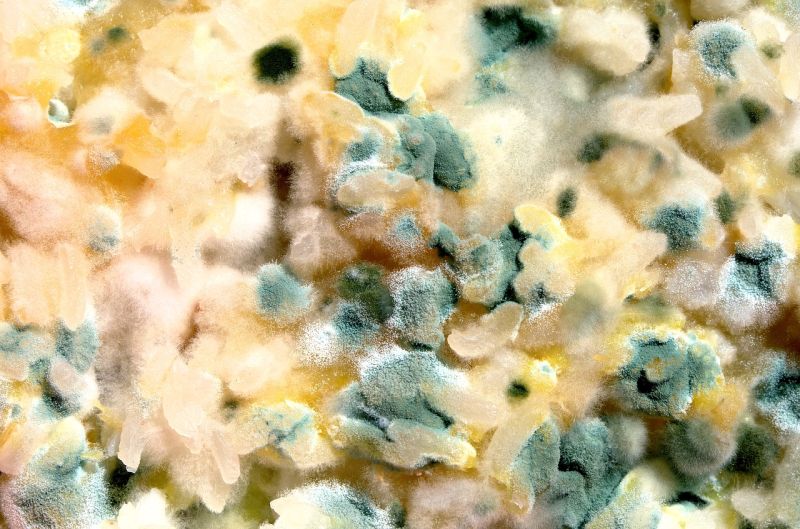
Dog food, especially kibble and canned food can last longer than many people foods. However, they can still go bad or spoil — especially if not stored or handled properly.
When it comes to dog food, it’s best to refer to the manufacturer’s guidelines and expiration dates for determining freshness.
You’ll also want to inspect your dog’s food for any signs that the batch has gone bad which we’ll dive into below.
But at the end of the day, you’ll always want to err on the side of caution. It’s just not worth taking chances with your four-footer’s health.
Simply put: When in doubt, throw it out!
With that in mind, as long as you’re following the recommended storage guidelines and keeping tabs on the expiration date, most foods should remain fresh, tasty, and safe for quite a while.
Don’t freak out if you just noticed your dog’s food is no longer safe and fresh — there are several same-day dog food delivery options available that’ll help keep Fido fed in a pinch!
Bottom Line: How Long Does Dog Food Last?
Different types of food stay fresh and tasty for various amounts of time based on how they’re prepared and preserved. Here are some basic guidelines on how long you can expect each Fido food type to keep.
- Standard Kibble — Generally speaking, unopened dry food can last about 12 to 18 months. After opening the dry food bag, kibbles should last a few weeks so long as they are stored properly and kept closed tightly.
- Canned Food — Unopened canned food can keep for up to 2 years. Once opened, canned or wet foods require refrigeration and will last an additional day or two in the fridge (and a lid will help keep it from getting dry and grody). You don’t want to leave wet food out at room temperature for more than a few minutes, and you’ll want to toss out any leftovers from the bowl that your furry friend doesn’t consume.
- Fresh Dog Food — Fresh dog food needs to be kept frozen or refrigerated until ready to serve. Because they typically don’t include preservatives, these foods remain safe and fresh for a shorter amount of time than kibbles. However, you’re unlikely to have any leftovers as most dogs love the taste of these premium mutt meals. If your furry friend does leave behind any meal morsels, you’ll want to toss them as you would with canned wet food.
While it can be tempting to buy food in bulk for the price cuts, it may make sense to buy smaller quantities instead and enroll in an “autoship and save” program. This will not only eliminate the need to order your dog’s food each month, but by buying smaller quantities, it’ll help keep your dog’s food as fresh as possible.
For example, if you have a smaller furry friend, you probably don’t want the largest bag of kibble you can find since it will take a while for your dog to make his way through the bag. This can lead to the food becoming unsavory or unsafe over time, so make sure you’re purchasing food that’s proportionate to your pooch’s eating habits.
How Can You Tell If Dog Food Has Gone Bad?
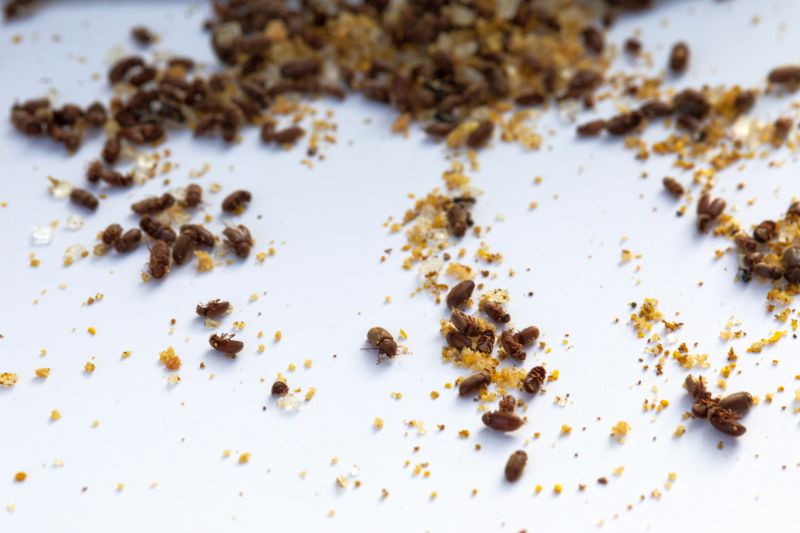
There are a couple of telltale signs that your dog’s dinner is past its prime. Here are some things to look out for while inspecting your mutt’s meals:
1. Something smells suspicious. Bad odors are a key sign that your dog’s food isn’t as fresh as it could be. Of course, you’ll still want to use common sense. Fish-focused foods are bound to smell, well, fishy, and the same goes for other doggie delights. However, if you notice a sharp, rancid odor, or a huge difference in smell from previous food batches, it could be a sign that the food has gone bad.
2. You find mold. Any signs of mold or moisture (in the case of dry food) mean that it’s time to toss out your dog’s food. Unfortunately, our furry friends can develop food poisoning from even a small amount of moldy food.
3. There are bugs in your dog’s food. First of all, ew! If you see any bugs in your dog’s food, it’s time to toss it. While the bugs themselves won’t necessarily harm your hound, it’s a sign that the food was not stored properly on it’s way to your pup’s plate, so it’s best to stay on the safe side and get rid of the contaminated food entirely. Plus, bugs may crawl through bacteria or other potentially dangerous substances, which they can then spread to your dog’s food.
4. The food is past the bag’s expiration date. While expired food may not necessarily have gone bad, it’s better to be safe than sorry.
5. Your dog isn’t interested in the food. Don’t misunderstand: Dogs may turn their noses up at a new or unfamiliar food without it indicating anything about the food’s safety or quality — picky eater dogs may just not like the new offering. However, if your furry friend usually wolfs down his food and doesn’t seem interested in a particular batch, it might be a sign that the food isn’t fresh or safe to eat anymore. Take your pooch’s preferences seriously and just order a new bag of food.
If your dog’s food exhibits any of the above signs, the food isn’t fit for Fido. It’s always better to be safe than sorry, so make sure you’re evaluating your dog’s food appropriately.
Don’t forget to apply the same scrutiny to your dog’s treats that you do his food — treats can and do go bad over time.
However, it’s harder to make generalizations about the length of time different treats will last, as they come in so many different forms. For example, dried treats (such as bully sticks or jerky) will tend to last longer than the fresher, high-value treats you use for training.
Will Your Dog Get Sick If He Eats Expired Food?
Unfortunately, your dog may very well get sick if he consumes spoiled or expired food, but it’s not guaranteed. To keep your furry friend safe, it’s best to toss out any food that may be on the fence between fresh and spoiled.
Your dog may be more likely to get sick if mold or bacteria has grown on top of the food. There’s also a higher possibility that your pooch may have some tummy trouble if the fats in his food have gone rancid.
However, it is important to note that dogs all have varying immune systems, so some pooches will prove more susceptible to food-caused illnesses than others.
If you suspect that your canine companion has eaten food that may have gone bad, give your veterinarian a call. Have information about your dog’s food’s ingredients, the food manufacturer, and the expiration date at the ready so that you can give your vet the clearest view of your dog’s situation.
Keeping Dog Food Fresh: Tips & Tricks for Making Your Dog’s Food Last!
We’ve explained the typical length of time that most dog foods last before becoming spoiled or stale, but it’s important to note that these time frames aren’t set in stone. With proper storage and care, you can maximize the length of time your dog’s food will last.
So, consider doing some of the following things:
- Protect all dog foods from light and heat. Light and heat both work to breakdown dog food packaging, as well as the food itself. So, be sure you aren’t keeping your dog’s kibble right next to your heater vets or oven and avoid using clear containers to store it (unless you’re buying food in very small quantities). Also, be especially careful to avoid leaving dog food in direct sunlight (even if it is still in the bag).
- Keep your dog’s kibble dry. While a bag of dry kibble will last for several weeks after being opened, damp kibble will begin to harbor bacteria and other microorganisms very quickly. So, keep your dog’s kibble in a dry place in your home (the pantry is a pretty good spot) and roll it up tightly between meals.
- Keep canned foods in a cool place. Unopened canned foods usually last a long time, but you can maximize their shelf life by shielding them from heat as best you can. The bottom shelves in your pantry are a great location for them.
- Keep your dog’s kibble in the bag. Most authorities recommend keeping your dog’s kibble in the bag it came in, as these bags are specifically designed to keep Fido’s food fresh. Doing so also makes it easier to find out crucial information in the case of a recall (such as the lot number, date of manufacture, and similar tidbits).
- Consider a storage container. Putting your dog’s kibble (bag and all) into an air-tight dog food storage container can go a long way to extending the shelf-life of your dog’s food, in addition to keeping bugs and pests out.
- Always refrigerate opened canned foods and fresh foods. Moist foods will quickly start to develop mold and harbor bacteria, so it is vital that you keep them at low temperatures (generally speaking, you want them cooler than 40 degrees Fahrenheit). You can give your dog an hour or two to leisurely nom his dinner, but you should never leave wet food in your dog’s bowl for more than about 4 hours.
- Invest in some dog food can lids. If you routinely feed your dog canned food, spend a couple of bucks and pick up some reusable can lids. These will work better than improvised “lids” and they’ll help keep your dog’s food as tasty as possible between meals. These are especially helpful for owners who feed canned foods as toppers, and therefore only need a small amount of food at a time.
- Thaw frozen-fresh foods as instructed by the manufacturer. Thawing frozen food is actually a more delicate process than many owners would think. For example, it is often important to prevent the outer layers of food from entering the 40- to 140-degree “danger zone” while the inside layers of the food are still thawing. But if you heed the manufacturer’s advice, you should be able to avoid these kinds of problems.
***
In order to keep Fido feeling his best, it’s important to serve him food that’s fresh and nutritionally sound. Each food has its own storage and preservation pointers, but you’ll also want to keep an eye out for any clear signs that your dog’s food is past its prime.
What kind of food does your dog eat? How do you keep Fido’s food fresh? We’d love to hear all about it below!
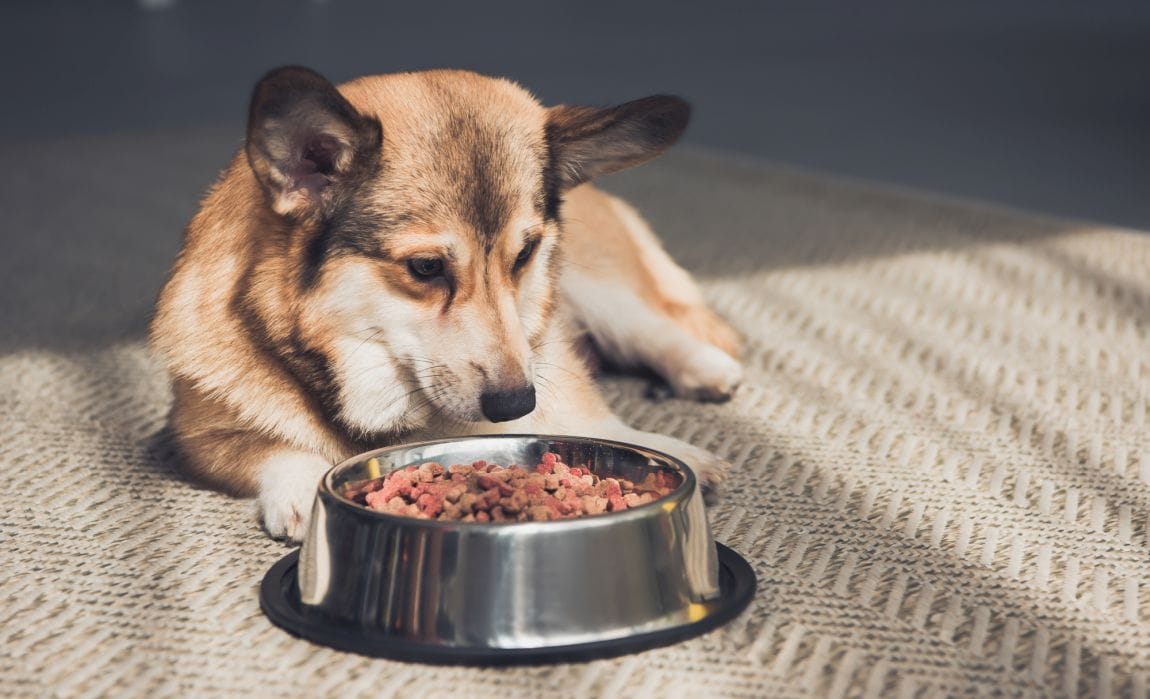

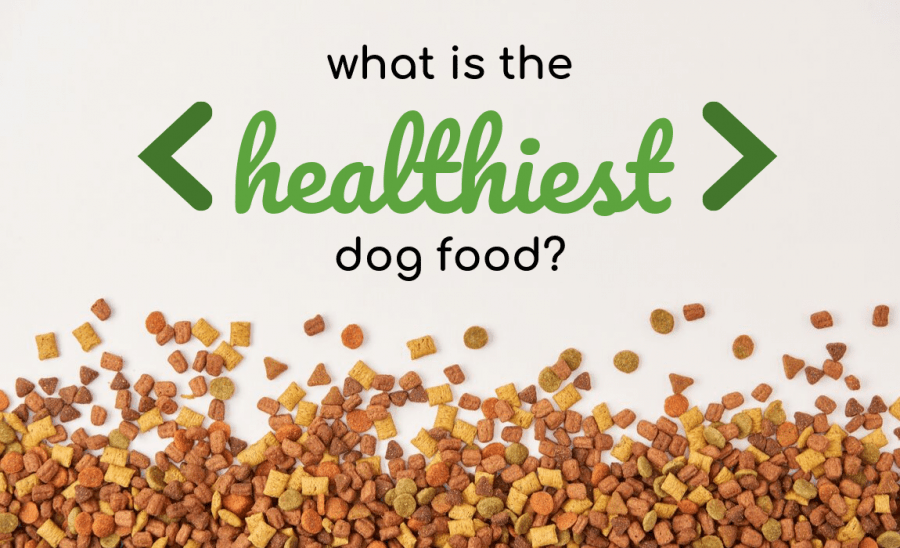


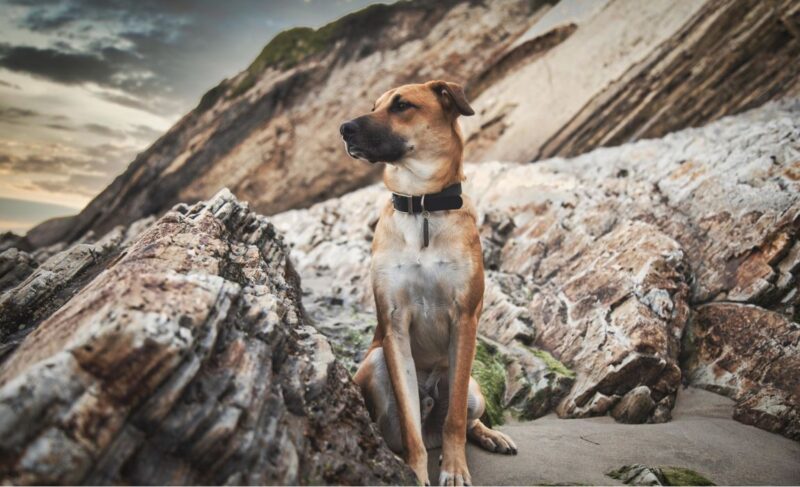
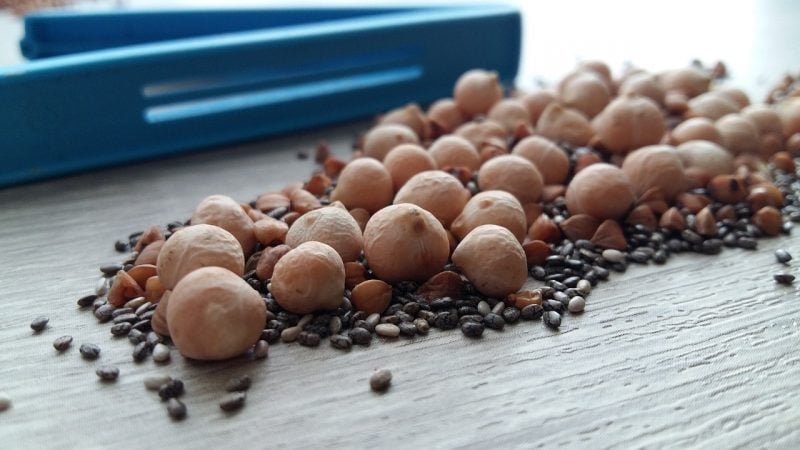
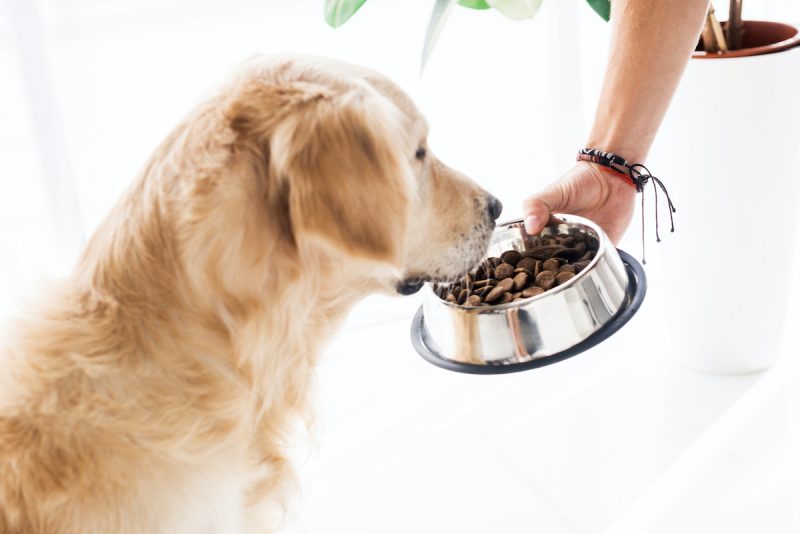
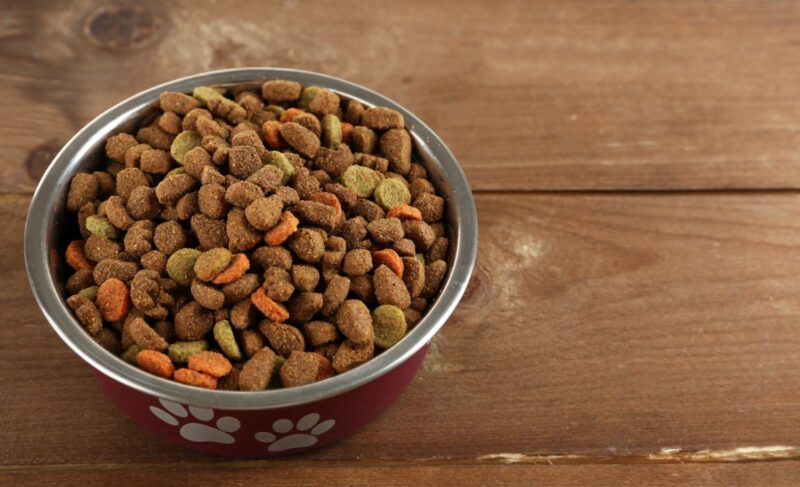
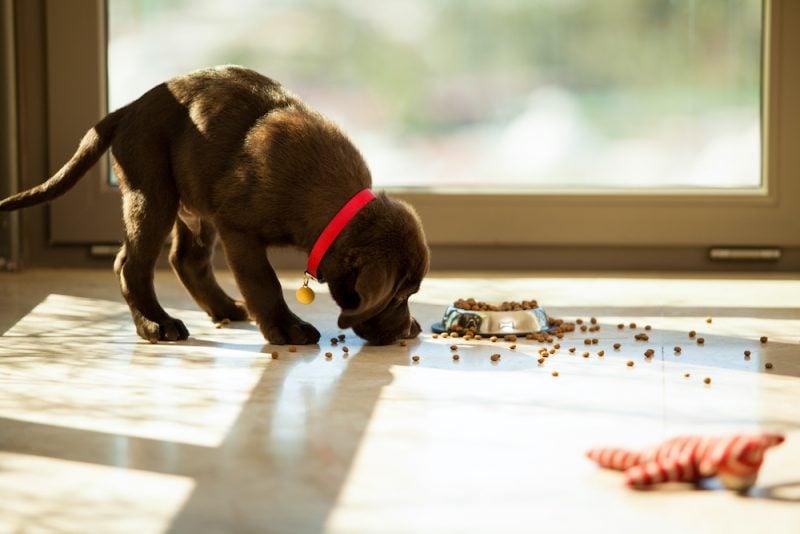
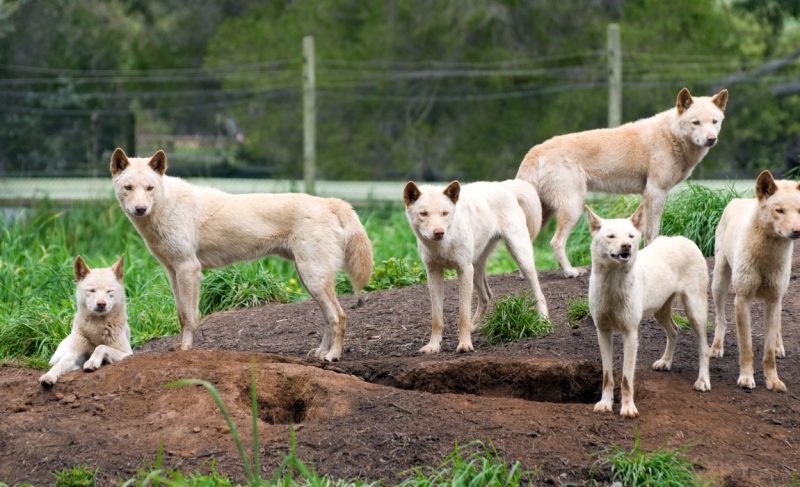

Leave a Comment